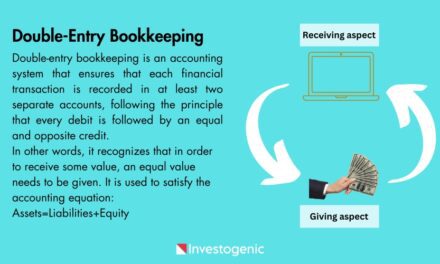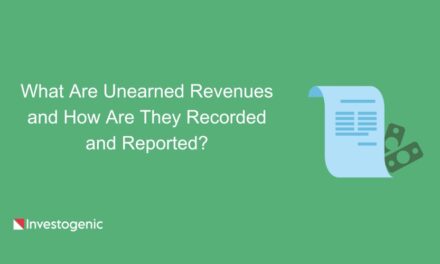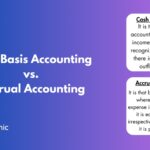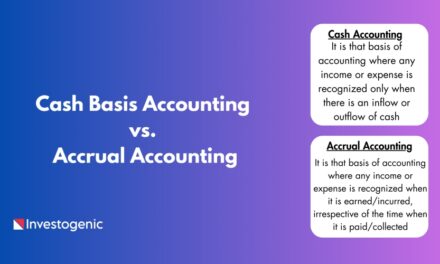
How To Prepare A Balance Sheet

Creating a balance sheet involves summarizing your financial position by listing your assets, liabilities, and equity as of a specific date. A balance sheet provides an overview of what you own (assets), what you owe (liabilities), and the residual interest (equity) you have in your assets after deducting your liabilities.
What is a Balance Sheet?
A balance sheet is a financial statement that provides a snapshot of a company’s financial position at a specific time. It presents a summary of a company’s assets, liabilities, and shareholders’ equity, and it follows the fundamental accounting equation:
Assets = Liabilities + Shareholders’ Equity
As you know, the balance sheet is one of the three major financial statements used to assess a company’s financial health. In addition to the balance sheet, two major financial statements include the Income statement and the cash flows statement.
The preparation of the Balance Sheet is generally done after the preparation of the Statement of Profit and Loss. This shows that you have already prepared each ledger entry from the journal entries you have passed.
The balance sheet is very easy to prepare, and it always follows the fundamental accounting equation: assets = liabilities + shareholders’ equity. The process of preparing the balance sheet is shown below.
Preparation of the Balance Sheet
Step 1: Determine the Reporting Date and Period
A balance sheet is a financial statement that provides a snapshot of a company’s financial position at a specific point in time. In this case, a specific date is called the reporting date. Generally, the reporting date is the last day of the accounting year.
If we talk in the context of companies, publicly traded companies prepare quarterly and annual balance sheets. The quarterly balance sheet reporting date falls on the last day of the quarter, and when it prepares the annual balance sheet, the reporting date will be the last day of the accounting year.
Step 2: Understand the Format of the Balance Sheet
Before you begin preparing the balance sheet, you first need to understand the format of the balance sheet. The format of the balance sheet is divided into sections: the first section is assets, and the other section is liabilities and shareholders’ equity.
Assets are further classified into two parts: current assets and non-current assets. The liabilities and shareholders’ equity sections have separate classifications. The liabilities have been divided into current liabilities and non-current liabilities. Shareholders’ equity is also classified into two parts: share capital and retained earnings.
A balance sheet always follows the accounting equations assets = liabilities and shareholder Equity. The total of the assets section is always equal to liabilities and shareholder equity.

Step 3: Identify Your Assets
Next, you should identify your assets. Assets represent what the company owns or controls. Assets are typically categorized into current assets and non-current (or long-term) assets.
- Current Assets: These are assets expected to be converted into cash or used up within one year. Common examples include Cash and cash equivalents, Short-term marketable securities, accounts receivable, inventory, and short-term investments.
- Non-current Assets: These are assets with a longer-term useful life, such as property, plant, and equipment, long-term investments, intangible assets, and goodwill.
Step 4: Identify Your Liabilities
After that, you should identify your liabilities. Liabilities represent the company’s obligations or debts. Like assets, liabilities are also divided into current liabilities and non-current (or long-term) liabilities.
- Current Liabilities: These are obligations due within one year, including accounts payable, short-term loans, accrued expenses, and the current portion of long-term debt.
- Non-current Liabilities: These are long-term obligations that are due beyond one year, such as long-term loans, bonds, and deferred tax liabilities.
Step 5: Calculate Shareholders’ Equity
If you are planning to prepare the balance sheet of a company or organization that is privately held by a single owner, shareholders’ equity is quite simple. If you are preparing balance sheets for publicly traded companies, the calculation of shareholder equity becomes more complicated based on the different types of stock issued.
Shareholders’ equity represents the residual interest in the company’s assets after deducting liabilities. It is also referred to as net worth or shareholders’ capital. Shareholders’ equity consists of the following components:
- Share Capital: It represents the amount of capital raised through the issuance of shares to shareholders.
- Retained Earnings: These are the accumulated profits or losses retained in the company after dividends have been paid to shareholders.
Step 6: Calculate Totals
Calculate the total for each section – total assets, total liabilities, and total equity.
Step 7: Ensure the Equation Holds
The balance sheet follows the fundamental accounting equation: Assets = Liabilities + Equity. Make sure that the totals of assets and liabilities + equity are equal.
Step 8: Review and Double-Check
Check your balance sheet for accuracy and completeness. Ensure that all financial information is properly categorized and accurately represented.
Learn more: How Do We Read the Balance Sheet of the Company?
The Purpose of the Balance Sheet
The purpose of the balance sheet is to present a summary of a company’s assets, liabilities, and shareholders’ equity, allowing stakeholders to assess the business’s financial health, solvency, and liquidity.



























